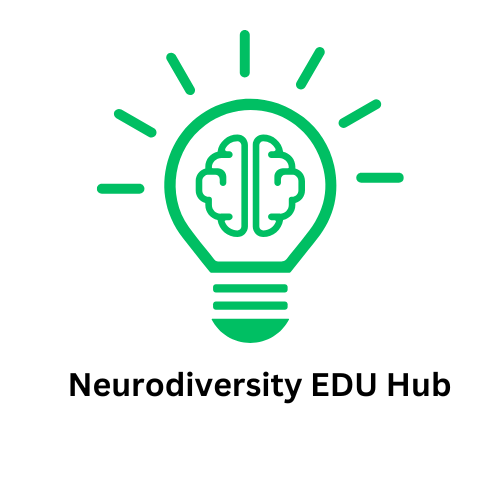
Understanding the Fear of Success in ADHD
Living with ADHD can often feel like navigating a minefield of expectations, especially when it comes to moments of success. Many who are neurodivergent experience a unique form of anxiety termed the ‘Other Shoe Syndrome,’ where good days are overshadowed by the looming fear of failure. This dread isn’t simply a character flaw; it stems from a complex reality of living with ADHD where each achievement can feel precarious, sparking worries that something will inevitably go wrong.
Social Connections: Why Sharing Our Stories Matters
For many individuals with ADHD, an important aspect of managing the volatility of emotions tied to success involves community and understanding. When we share stories, we reduce feelings of isolation and foster a sense of belonging. Those who resonate with the experiences of others can find solace in shared challenges, thus empowering each other to embrace achievements without the paralyzing fear of impending failure.
Parallel Examples: How Others Navigate Success
Imagine a teacher who meticulously plans a lesson plan, only for the clock to run down before they can complete it all. The frustration is palpable, but here lies a crucial lesson: failures or errors are not personal shortcomings; they are moments of human experience. By viewing these setbacks through the lens of growth, individuals can re-frame their stories and understand that inconsistency is an opportunity for learning, not merely a source of shame.
Future Insights: Acceptance and Tools for Growth
As society begins to understand ADHD more deeply, there is hope for a future where success will be redefined. Understanding self-compassion and resilience can lead to better coping strategies. Tools such as mindfulness, journaling, or specialized coaching can help those with ADHD manage their thoughts and reinforce feelings of self-worth. These practices nurture a positive relationship with success, gradually mitigating the anxiety surrounding it.
Common Misconceptions About ADHD Success
One prevalent myth is that neurodivergent individuals simply lack the willpower to succeed — a harmful stereotype. Success in ADHD is less about sheer determination and more about creating systems and structures that accommodate different brain functionalities. These misconceptions can be dismantled through education and dialogue, allowing for a shift toward understanding neurodiversity and its implications in various life sectors, particularly education.
Actionable Insights: Strategies to Overcome Dread
1. Celebrate Progress: It’s important to acknowledge even the smallest victories to build a foundation of confidence.
2. Set Realistic Goals: Breaking tasks into smaller, manageable steps can prevent feelings of overwhelm.
3. Seek Professional Support: Collaboration with professionals who specialize in ADHD can provide personalized strategies for work and home-life management.
In conclusion, embracing the complexity of ADHD requires patience and courage. As we foster conversations about success, fear, and the real experiences of those living with ADHD, we can create a more compassionate world. If you’re interested in exploring more about ADHD, its impact, and ways to thrive, consider how sharing your own journey can be part of the path forward for others.
 Add Row
Add Row  Add
Add 




Write A Comment